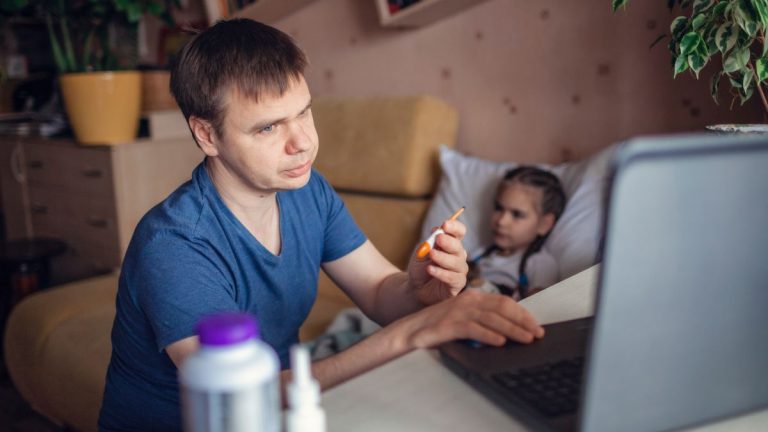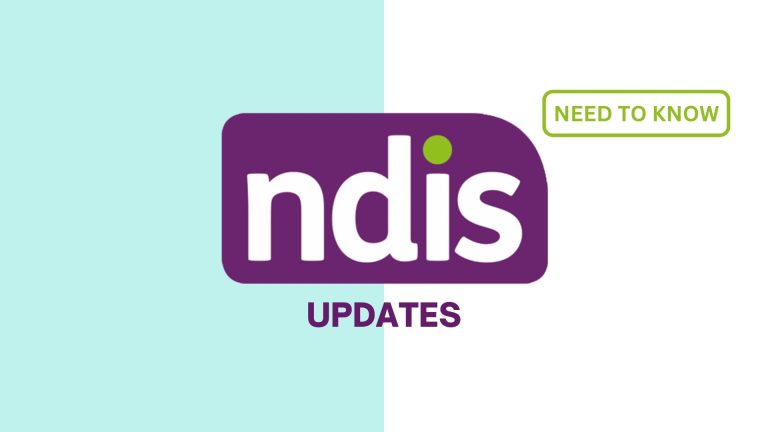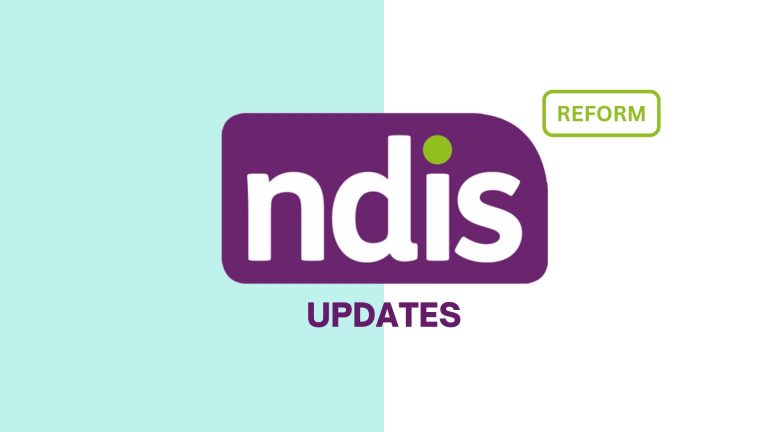
Recovery from a brain injury is often a complex and daunting task, encompassing both physical and mental dimensions. Cognitive rehabilitation after brain injury plays a vital role in restoring lost functions and helping individuals regain control of their lives. The path to recovery is multifaceted, involving many therapeutic interventions that focus on improving memory, thinking, problem-solving, and other cognitive abilities.
Occupational Therapy (OT) emerges as a vital player in this journey, helping individuals regain essential life skills. Through various cognitive recovery exercises and interventions, OT offers patients the chance to relearn and enhance vital functions necessary for daily living. With technological advancement, telehealth in OT has gained prominence, offering remote brain injury therapy options. This burgeoning field opens new doors to brain injury virtual rehab, allowing patients to receive top-tier care from the comfort of their home. This article explores the many aspects of virtual cognitive rehabilitation, from understanding the process to the various exercises involved.
Understanding Telehealth OT for Cognitive Rehabilitation
Telehealth OT refers to the use of technology to deliver occupational therapy services remotely. This allows patients access to treatments such as cognitive exercises after injury, without the need for physical presence in a clinic. Virtual cognitive rehabilitation has become an essential part of the treatment landscape, providing versatile, patient-centric care. Whether dealing with acute or chronic brain injuries, telehealth enables a continuity of care that can be tailored to individual needs.
One of the major advantages of telehealth OT is that it removes geographical barriers, making cognitive rehabilitation accessible to individuals living in remote or underserved areas. Patients who might otherwise face logistical challenges, such as transportation issues or physical disabilities, can now access therapy without having to leave their home. This level of convenience helps reduce stress and fatigue, which are often significant barriers to consistent participation in rehabilitation programs.
The benefits of remote brain injury therapy are manifold, including increased accessibility, flexibility, and personalised care. Patients can engage in sessions at times that best suit their daily routines, helping them incorporate rehabilitation into their lives rather than forcing it to be an added burden. Furthermore, telehealth facilitates the involvement of family members or caregivers, providing them with the opportunity to participate actively in the rehabilitation process. However, challenges like technology accessibility, security, and the lack of physical interaction require attention to ensure effective treatment. Therapists must employ creative solutions to maintain engagement and address these challenges, ensuring that telehealth is a viable option for everyone.

Cognitive Exercises for Memory Improvement
Brain injury often leads to memory impairments that affect daily life. Cognitive exercises after injury focus on improving this crucial function. Virtual cognitive rehabilitation, however, offers a plethora of tools and exercises designed to stimulate memory function. From online games to targeted apps, these exercises can be easily integrated into daily routines.
Online games and targeted apps specifically created for cognitive rehabilitation are designed to stimulate various aspects of memory function, from short-term recall to long-term memory retention. Many of these platforms are built with the guidance of neuroscientists and cognitive therapists, employing challenging puzzles, pattern recognition tasks, and interactive scenarios that mirror real-life activities. By engaging in these games and exercises, individuals can practise memory recall in an entertaining and stress-free environment. The adjustable difficulty levels also enable personalised training, allowing the tasks to be tailored to the individual’s needs and progress.
Additionally, cognitive exercises can include structured memory drills, such as repetition tasks, mnemonic devices, and storytelling. Storytelling, for instance, encourages individuals to recall specific details and construct coherent narratives, thereby promoting memory retention and narrative organisation. Memory cards and virtual flashcards can also be employed to engage patients in activities that enhance both recognition and recall. With regular practice, these virtual tools can significantly enhance memory function and complement traditional therapy methods, creating an engaging and effective pathway to cognitive recovery.
The effectiveness of these exercises lies in their ability to provide both repetition and novelty. Repetition helps solidify neural connections, making certain memories more resilient, while the novel elements of games and exercises keep the patient engaged and motivated. Combining traditional methods with innovative, technology-driven exercises ensures a comprehensive approach that supports sustained recovery and meaningful improvements in memory.
Addressing Language and Communication Challenges
Brain injuries often affect language and communication, requiring specialised interventions. Telehealth OT includes collaboration with speech therapists, employing specific activities to enhance communication abilities. A seamless integration of OT and speech therapy ensures a comprehensive, cohesive virtual treatment that addresses all aspects of cognitive rehabilitation.
OT focuses on improving daily living skills, including cognitive abilities, while speech pathology targets language and communication barriers. By working together, these therapies can develop targeted strategies that bridge the gap between language comprehension, expression, and real-world application. For example, an OT might work on task sequencing and memory recall, while a Speech therapist emphasises pronunciation, vocabulary, and conversation flow. Such collaboration is essential for patients who have difficulty communicating effectively, as it ensures that both functional and communicative skills are addressed concurrently.
Some specific activities might include virtual role-playing exercises that simulate real-life interactions, allowing patients to practise conversational skills and improve their ability to express themselves clearly. Additionally, speech therapists may employ digital tools like language-based games and interactive communication boards that help individuals develop their vocabulary, sentence construction, and articulation skills. By aligning their approaches, OT and Speech therapists can create an integrated treatment plan that considers both functional needs and language challenges.
This combined therapy approach ensures that the interventions are mutually reinforcing, promoting more efficient recovery and a better quality of life for the patient. With the aid of telehealth platforms, patients are empowered to communicate more effectively in various aspects of their lives, whether interacting with family members, managing personal needs, or participating in community activities. This holistic focus on communication, paired with functional rehabilitation, helps build both confidence and competence, allowing individuals to feel more connected and capable.

Telehealth OT for cognitive rehabilitation after brain injury is more than a trend; it’s a revolution in healthcare, offering personalised, accessible solutions. From memory enhancement to improving executive functioning and communication skills, this approach caters to various needs. The future of cognitive recovery exercises and interventions lies in telehealth, inviting patients, caregivers, and therapists to explore and embrace the infinite possibilities that virtual cognitive rehabilitation offers.
Whether it’s remote brain injury therapy or any other virtual aid, a new era of healthcare is ready. By harnessing technology, cognitive rehabilitation becomes more adaptable, more engaging, and more closely integrated into the fabric of everyday lives. Explore and thrive with the boundless potential of telehealth OT, and take control of your recovery journey from the comfort of your own home. To get started with telehealth sessions at Therapy Partners, contact us using the details below or start your referral now.




